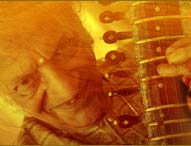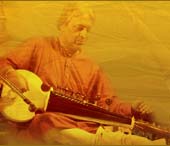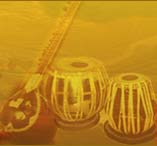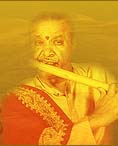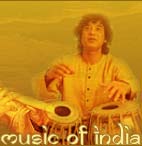Born On: March 24, 1775
Born In: Thiruvarur, Thanjavur
Died On: October 21, 1835
Career: Carnatic Composer
Nationality: Indian
Muthuswami Dikshitar was a legendary singer and composure of Carnatic and Hindustani music. Each of his musical pieces are unique that glorifies the divinity of different Indian gods and goddesses. It is through his music that he preached the Advaita philosophy and way of adulation. His symphonies are timeless masterpieces that were created in a melodious and poetic form known as "krithi". During his lifetime, he visited various temples and religious shrines and his compositions reflect the different deities he stopped over. Several music scholars also suggest that apart from venerating the gods and goddesses, he also gave a detailed description of the history of the temple, customs, and traditions that are unique to that temple. Thus, it would not be an overstatement to say that just like his contemporaries, such as Thyagaraja and Shyama Shastry, Muthuswami Dikshitar's musical contribution forms an important part of the Indian heritage. To know more about him, read the article given below as it sheds light on his life and work.
Early Life
Muthuswami Dikshitar was born in Tiruvarur town of Thanjavur district, now in Tamil Nadu. He was born as the eldest child to a Tamil Iyer Brahmin couple, Ramaswami Dikshitar and Subbamma. He was born to them as a result of several years of prayers to Lord Shiva and hence, was named after the deity of Vaitheeswaran Temple. The couple also had two younger sons, Baluswami and Chinnaswami, and a daughter, Balambal. Being born in a Brahmin family, Muthuswami's early education comprised of leaning Sanskrit language, religious texts, and fundamental musical knowledge that was imparted by his father. By the time he reached his adolescence, he was sent away by his family to visit several religious shrines under the guidance of Chidambaranatha Yogi. The main reason for sending him away was to broaden his viewpoint and acquire in-depth musical knowledge. Muthuswami traveled extensively to northern parts of the subcontinent and his compositions witnessed its influences from classical Hindustani music.
Career
Muthuswami's first guru was his father from who he obtained his preliminary education and later from Chidambaranatha Yogi who died early, even before he could complete his training. Thereafter, not much is known about his musical training but legends weave a mysterious tale on how he began his compositions. As the story goes, he was once meditating at Tiruttani Temple when an old man asked him to open his mouth and dropped sugar candy and vanished immediately. The next time, when he opened his mouth to speak, he had a vision of Lord Muruga. An ecstatic Muthuswami began to sing his own composition "Shri Nathadi Guruguho" in the Mayamalavagowla raga. Since then, he has created many musical pieces on Lord Muruga, and has simultaneously visited numerous pilgrimages in Kanchi, Tiruvannamalai, Chidambaram, Tirupathi, and Kalahasthi. Thereafter, when he returned back to his birthplace, it is believed that Muthuswami mastered instruments like veena and volin. Each of his opuses is believed to be unique from others. Some of the most popular ones are Kamalamba Navavarna, Navagraha Kritis, Nilotpalamba Kritis, and Melakartha ragas. Most of his oeuvres were in Sanskrit language, unlike Thyagaraja who composed in Telugu. He also introduced the Advaith philosophy through music. His disciples Sivanandam, Ponnayya, Chinnayya, and Vadivelu were some of his followers who learnt music from him. They, soon after, created the Navaratna Mala in honor of their teacher and later, came to be known as the prime music creators for the classical dance form, Bharatanatyam.
Legacy
Muthuswami Dikshitar, in his lifetime, created close to 500 different types of kritis that formed a large collection of songs under each type. Some of them are Shodasa Ganapati Krithis, Guruguha Vibhakti krithis, Kamalamba Navavarna Kritis, Navagraha Krithis, Nilotpalamba vibhakti Krithis, Panchalinga Kshetra kritis, Rama vibhakti Krithis, Abhayamba vibhakti Krithis, and several other compositions.
Personal Life & Death
Muthuswami is believed to have been married and had a daughter who popularized his musical pieces. His brother, Baluswami also played a vital role in retaining his musical heritage that was later carried out by his descendants. On October 21, 1835, he left his mortal remains and was cremated at Ettaya puram, close to Koilpatti and Tuticorin.
Timeline
1775: Born on Thiruvarur, Thanjavur district, now in Tamil Nadu
1835: Died on October 21 and passed off peacefully to eternity.
